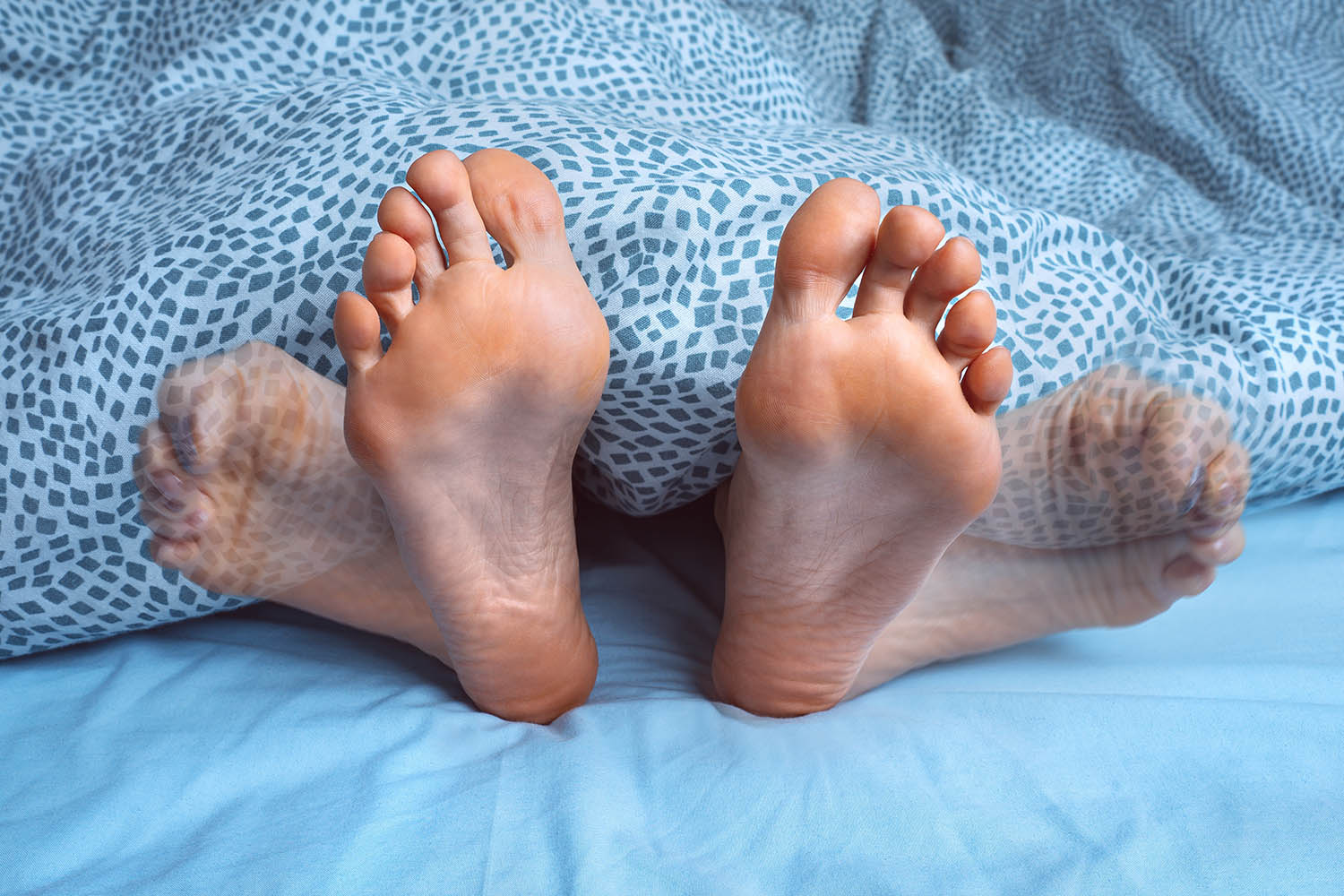Overview
Restless Leg Syndrome, commonly abbreviated as RLS, is a neurological disorder that affects millions of people worldwide, yet it remains widely misunderstood. While it might sound like a minor inconvenience, RLS can profoundly disrupt sleep patterns and significantly impact daily life. Let’s delve into this condition, exploring its symptoms, prevalence, and the latest research shedding light on its complexities.

What is Restless Leg Syndrome?
Restless Leg Syndrome is characterized by an irresistible urge to move the legs, often accompanied by uncomfortable sensations. These sensations typically occur when the individual is at rest, especially during the evening or nighttime hours. Moving the legs temporarily relieves these sensations, but they often return when the person resumes resting.
Symptoms of Restless Leg Syndrome
Uncomfortable Sensations: Individuals with RLS often describe sensations such as crawling, tingling, itching, or aching deep within their legs. These sensations can vary in intensity and may be difficult to describe accurately.
Urge to Move: The uncomfortable sensations experienced in the legs trigger an overwhelming urge to move them. This urge is often uncontrollable and can interfere with relaxation or sleep.
Worsening in the Evening: RLS symptoms typically worsen in the evening or at night, making it challenging for affected individuals to unwind and fall asleep.
Temporary Relief with Movement: Moving the legs, such as walking or stretching, provides temporary relief from RLS symptoms. However, the sensations often return once the movement stops.
Sleep Disturbances: The frequent urge to move the legs and the discomfort associated with RLS can lead to significant sleep disturbances, including insomnia and fragmented sleep patterns.
Impact on Quality of Life: RLS can have a profound impact on an individual’s quality of life, affecting their ability to function during the day due to sleep deprivation and daytime fatigue.
Prevalence and Risk Factors
Research suggests that Restless Leg Syndrome affects approximately 5-15% of the population, with varying degrees of severity. While anyone can develop RLS, certain factors may increase the risk, including:
Family History: RLS tends to run in families, suggesting a genetic component to the condition.
Age: RLS is more common in middle-aged and older adults, although it can occur at any age.
Gender: Women are more likely than men to experience RLS.
Certain Medical Conditions: RLS may be associated with certain medical conditions, such as iron deficiency anemia, kidney disease, diabetes, and peripheral neuropathy.
Recent Advances in RLS Research
Researchers continue to investigate the underlying causes of Restless Leg Syndrome, leading to exciting discoveries that may pave the way for improved treatment options. Some recent findings include:
Brain Chemistry: Studies suggest that abnormalities in neurotransmitters, such as dopamine, may play a role in the development of RLS symptoms.
Genetic Studies: Genetic studies have identified several gene variants associated with RLS, providing valuable insights into its hereditary nature.
Iron Regulation: Iron deficiency has long been linked to RLS, and recent research indicates that abnormalities in iron metabolism within the brain may contribute to RLS symptoms.
Neuroimaging Techniques: Advanced neuroimaging techniques, such as functional MRI (fMRI), are helping researchers better understand the neural mechanisms underlying RLS.


